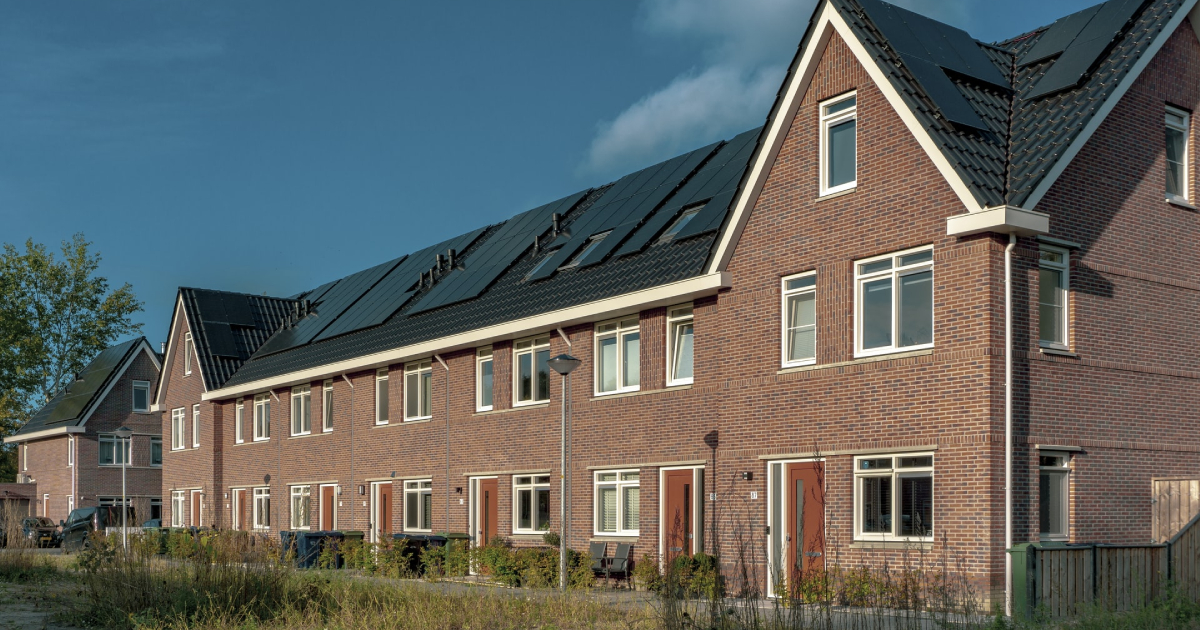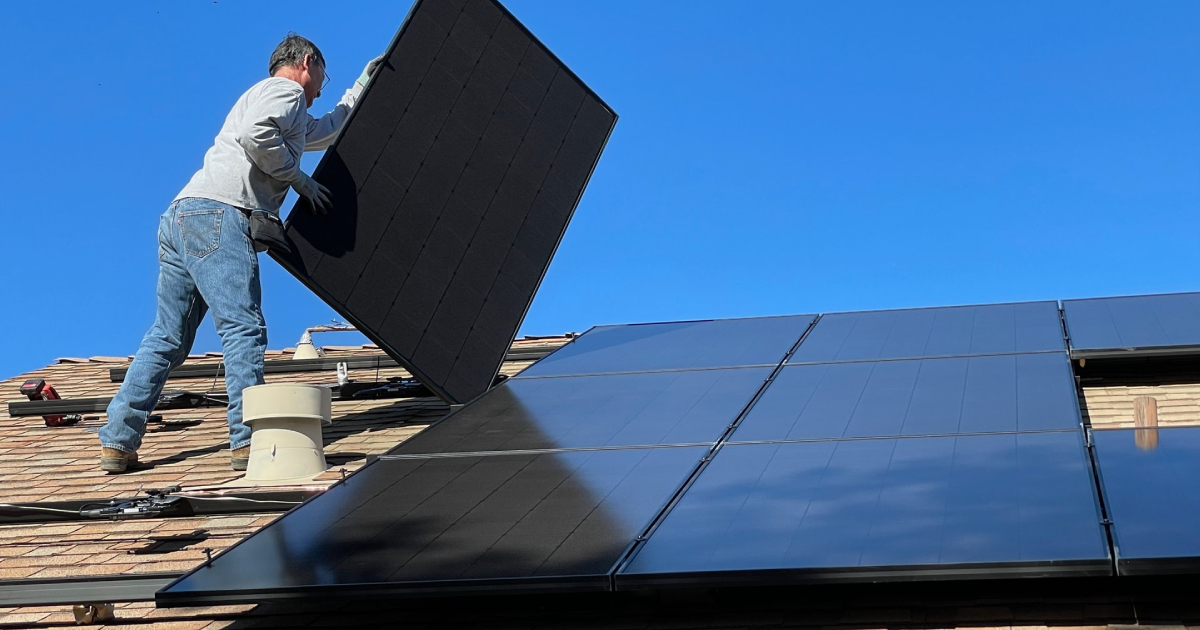If you’re thinking about making the switch to solar, there are a few essential questions you may have. Some of them might even seem borderline ridiculous, but it’s better to know the answers upfront instead of asking them after getting your panels installed.
Some of the most common questions people ask about solar panels include “How hot do solar panels get?”, “Can I install them on my roof?”, and “Aren’t they expensive?”.
We’ll answer all of those (and more!) below. Let’s get into it!

How Hot Do Solar Panels Get
Solar panels can heat up significantly when in direct sunlight. When solar panels get too hot, it can start to affect their efficiency. On a summer day with direct sunlight, solar panels can reach temperatures of 149 degrees Fahrenheit or 65 degrees Celsius.
However, though they may appear to be getting very hot, the heat is actually dissipated into the atmosphere and the cells of the panels never exceed a temperature of around 176 degrees Fahrenheit or 80 degrees Celsius. Therefore, it is important to make sure that the surface temperature of the panels does not get too hot.
This can be done by installing the solar panels in a place with adequate ventilation and by using light-colored reflective heat shields over the solar panels to protect them from the sun’s rays.
How to Calculate the Risk of Overheating Solar Panels?
Solar panels typically get quite hot while exposed to the sun. When tempered glass is used, the temperature of the module can reach around 90 degrees Celsius, and the temperature of the cell can reach up to 110 degrees Celsius. The higher the temperature, the greater the rate of solar energy conversion efficiency.
But too much heat can cause the solar panel to overheat, leading to a decrease in efficiency. It is important to calculate the risk of overheating and take appropriate action to maintain efficiency. Cooling systems and ventilation can be used to reduce heat, such as fans, air ducts, and water spray systems.
Insulation and shading techniques can help regulate solar panel temperature and help maintain a normal operating temperature. Proper monitoring of the panel temperature is also essential to determine whether adjustment to the cooling system is necessary. For large-scale projects, quality control methods can help reduce the risk of an overheating solar panel.
The Effect of Temperature
Solar panels, like many other devices, have a direct correlation between temperature and efficiency. As the temperature of the photovoltaic cells increases, their ability to generate electrical current decreases. This is because the positive charge carriers in the cells, called electrons, become more mobile, thus reducing the cells’ voltage.
As the temperature rises, an electrical current is released from the cells, which is wasted as heat. So, how hot do solar panels get in the sun? Direct sunlight can raise a panel’s temperature to 120°F, which is the upper threshold for most solar panel systems.
At this temperature, the panel is operating at its rated peak efficiency based on factory conditions. So, if the temperature exceeds this, then the output from the panel will start to decrease, and its efficiency will be affected.
The Different Cooling Techniques
Passive cooling techniques include using low-emissivity materials and covers during installation. It will help reduce the heat gain of the roof and module.
Active cooling techniques feature built-in cooling systems like fans, heat pumps, and liquid cooling which come with a higher upfront investment but can greatly reduce the temperature of the modules. Cooling can also be improved through proper ventilation and designing the system for optimal shade and airflow.
The Role of Surrounding Temperature in Solar Panel Heat
Solar panels quite often reach high temperatures when exposed to direct sunlight. Depending on the size of the panel, the angle of the panel, and the amount of sunlight that it is exposed to, a solar panel can get as hot as the surrounding air temperature, or higher.
This is because they absorb heat from the sun, which is then radiated off as heat. But it must be noted that the actual temperature of the solar panel does not exceed that of the surrounding air temperature.
The role of the surrounding temperature regarding the heat output of a solar panel is that it prevents the solar panel from getting too hot. It thus ensures a stable and consistent flow of electricity.
This is accomplished by the air cooling of the solar panel. It will lead to a more efficient conversion of sunlight to electricity.
The Right Setup for Your Home
It’s important to get the right solar setup for your home to keep your panels running optimally. The size, tilt, and installation of solar panels need to be done properly to have the system functioning properly.
This is even more important when living in warmer climates, since the panels may be exposed to higher temperatures than the average home. When done correctly, solar energy can provide clean and efficient energy to households all over the world. So if you want to learn more about solar installation, go to this website.

Solar Panels Can Get Very Hot
How hot do solar panels get? it is often reaching temperatures of 95°F (35°C). This high temperature can reduce solar panel efficiency and even cause permanent damage.
To mitigate these issues, always ensure your solar panel setup is properly ventilated and inspected regularly. If you’re considering solar energy, start researching more to learn what you need to do to make sure your solar panel setup is performing at its best.
Did you find this information helpful? If you did, check out the rest of our site for more informative articles.





